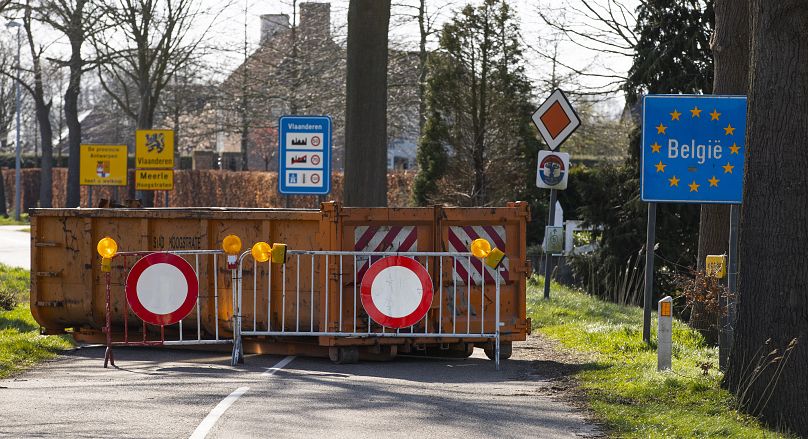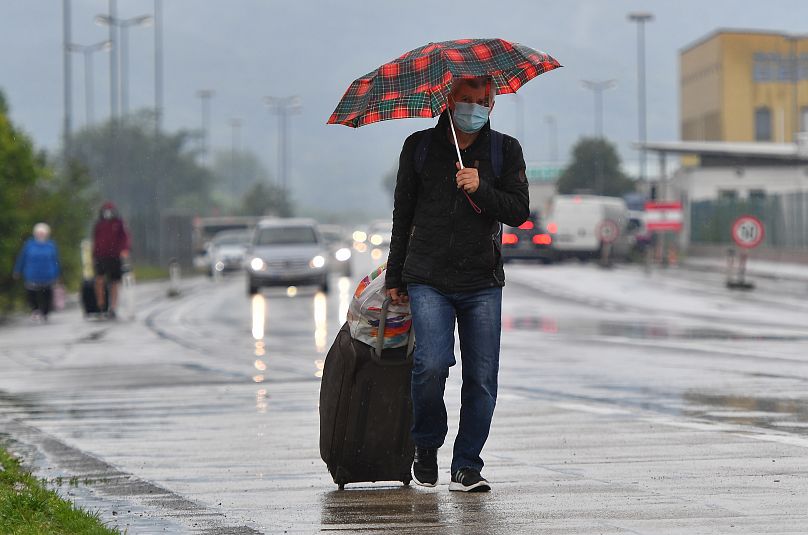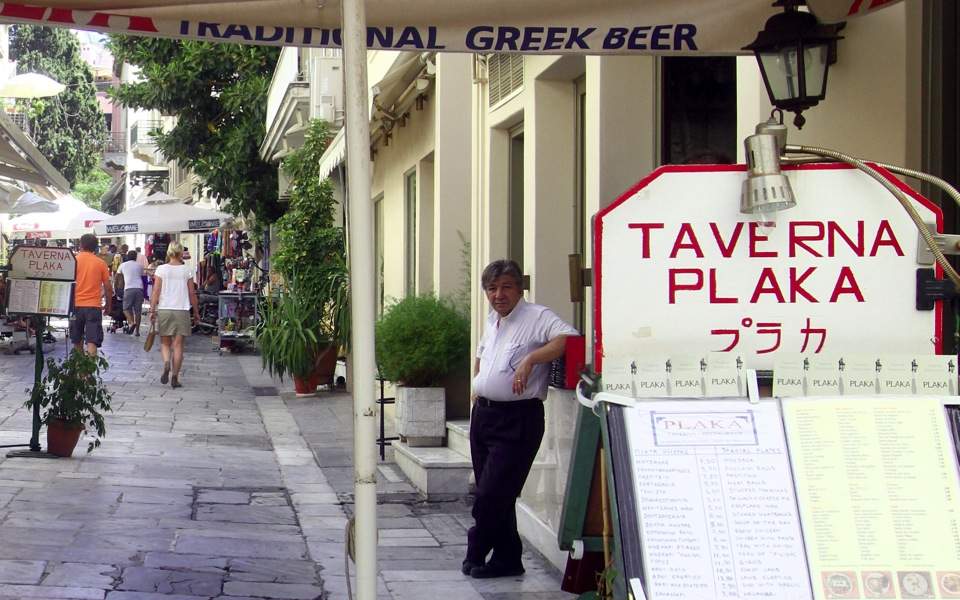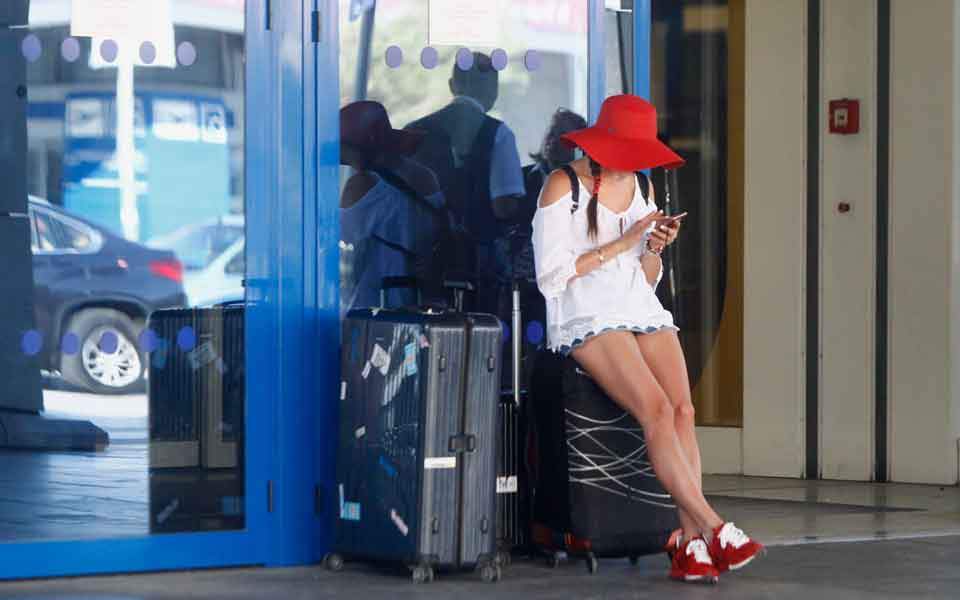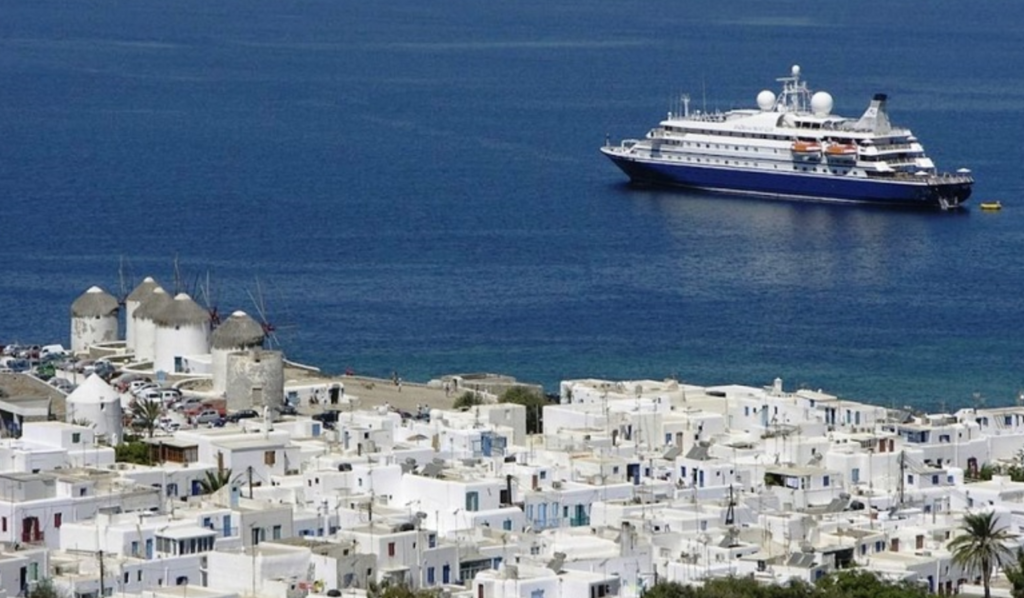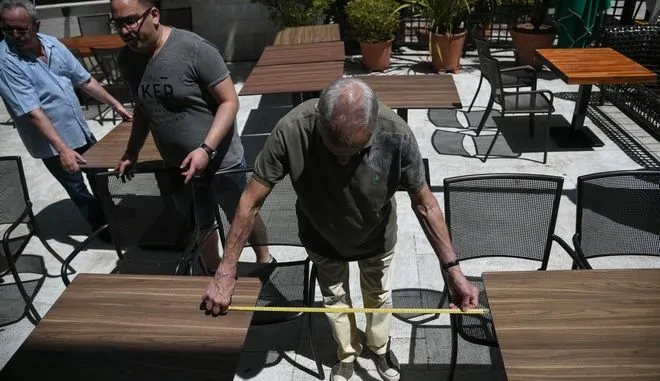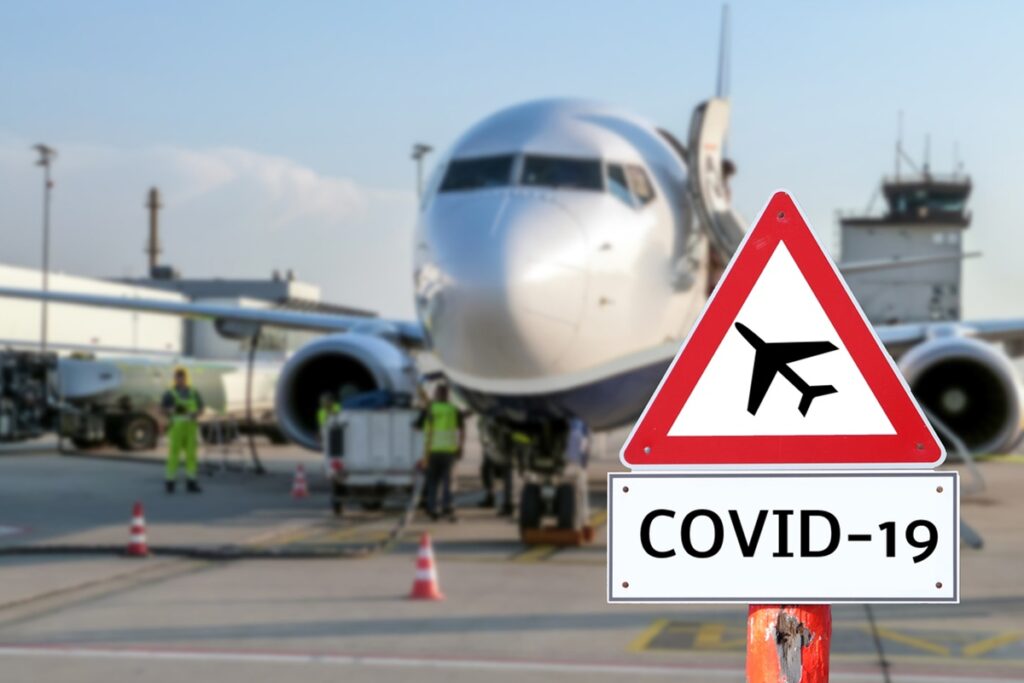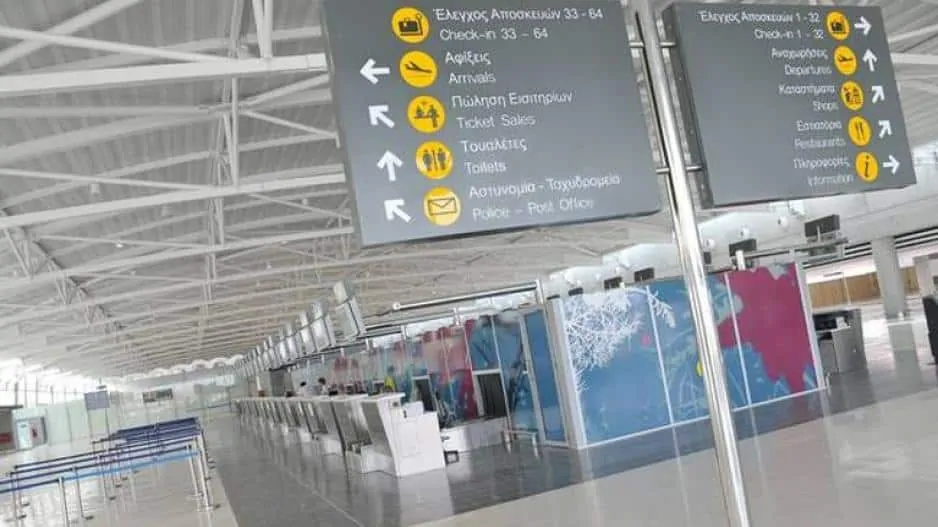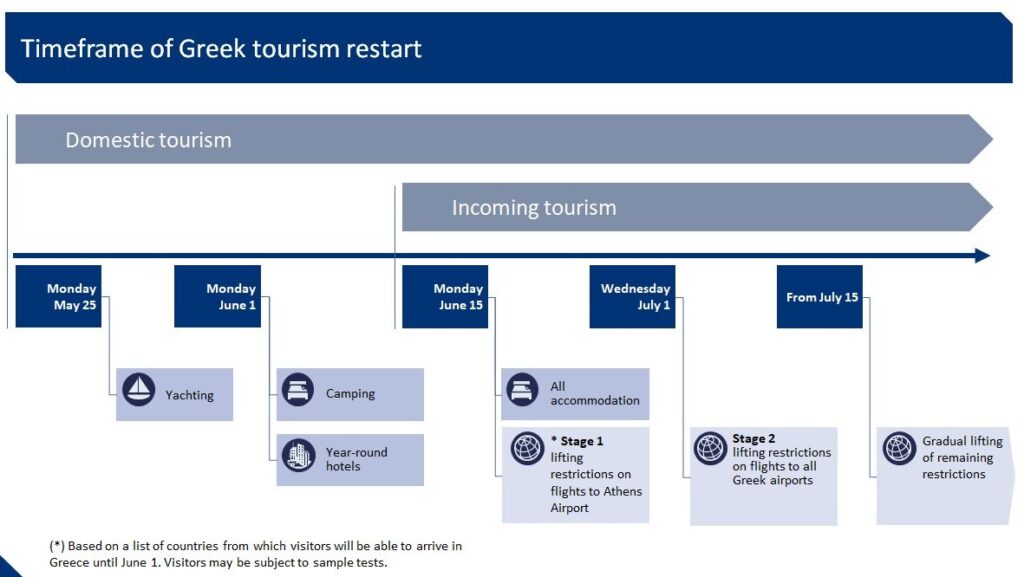But where can you access and what is still off-limits?
There is a mixed picture across Europe, with the usually easy travel across the Schengen Area restricted.
Almost every country has its own rules in place and its own timetable for reopening to tourists, both from its EU neighbours and further afield.
If you're intending on coming to the EU for a holiday it's worth knowing the bloc's external borders are set to be closed until June 15. But that only applies if you're a non-EU citizen coming from a non-EU country.
But it's all changing quickly, so here's our updated guide to the border situation in Europe this summer.
Austria
Austria has closed its land borders with Germany, Italy, Switzerland, Liechtenstein, Slovakia and the Czech Republic.
Vienna plans to fully reopen its frontier with Germany on June 15. Chancellor Sebastian Kurz said he was optimistic similar understandings could be reached with other neighbouring countries in the coming week (25-31 May).
For anyone who does arrive in Austria, for example by air, a medical certificate must be produced proving a negative COVID-19.
The certificate cannot be more than four days' old.
Entry by air is prohibited to citizens coming from countries outside the Schengen Area.
More information here.
Belgium
Belgium's borders are closed and the country has banned non-essential travel abroad.
Bulgaria
Bulgaria is set to open borders with Serbia and Greece from June 1.
Croatia
Croatia reopened its border with Slovenia in mid-May and is set to do the same with Austria, Czech Republic, Hungary, and Slovakia on May 29.
People arriving are only asked to self-isolate for 14 days if they have found to have been in contact with someone infected with COVID-19.
Cyprus
Cyprus has outlined plans for the phased resumption next month of commercial flights from a select number of countries with low COVID-19 infection rates to jump-start its vital tourism sector.
Transport Minister Yiannis Karousos said flights will begin in two phases — June 9 and 20 — from two groups of countries selected by an advisory body of medical experts.
The first group is comprised of Greece, Malta, Bulgaria, Norway, Austria, Finland, Slovenia, Hungary, Israel, Denmark, Germany, Slovakia and Lithuania. The second group is made up of Switzerland, Poland, Romania, Croatia, Estonia and the Czech Republic. The list excludes the country’s two main tourism markets, former colonial ruler Britain, and Russia.
Karousos said starting June 9, passengers arriving from countries in either group must obtain three days prior to departure a health certificate confirming that they are virus-free.
Starting June 20, passengers from the first group of countries won’t need health certificates, but those from the second group will still be required to obtain them.
Czech Republic
From May 26 borders opened with Germany and Austria. From May 27, the country opened its frontier with the Slovakia and Hungary, but with restrictions.
Residents of EU member states able to enter to perform economic activities, to visit relatives or to study at a university. Everyone will have to prove themselves with a negative test for COVID-19 upon entry.
Denmark
Borders are closed for foreign travellers. Only citizens or residents of Denmark, Greenland or Faroe Islands can currently enter, or those with a “worthy purpose”.
From May 25 people with a permanent residence in one of the five Nordic countries (Denmark, Finland, Iceland, Norway and Sweden) or Germany can re-enter if they are in a relationship with someone in Denmark, have grandparents there, or if they have a business trip.
By May 29 at the latest, the Danish government will reassess the temporary border controls.
Finland
Finland's land borders have been closed until at least June 14. They were reopened to workers from the Schengen Area in mid-May.
France
Borders remain closed at least until June 15, with exceptions made for EU, Andorra, UK, Iceland, Liechtenstein, Monaco, Norwegian, Swiss, San Marino and Vatican City citizens who have their domicile in France or need to go through France to reach their domicile. Seasonal workers and EU citizens working for a company operating in France are exempted too.
Anyone travelling from non-EU countries will not be allowed in.
Germany
Travellers are expected to have a valid reason for entering Germany. However, restrictions at the borders have been loosened.
Checks at the frontier with Austria, Switzerland, France and Denmark and for passengers arriving by air from Italy and Spain remain in effect until 15 June.
EU citizens and citizens of the United Kingdom, Liechtenstein, Switzerland, Norway and Iceland, and the family members of these citizens, are permitted to return to their home country or to their place of normal residence in Germany or to reach their country travelling through Germany if they need to.
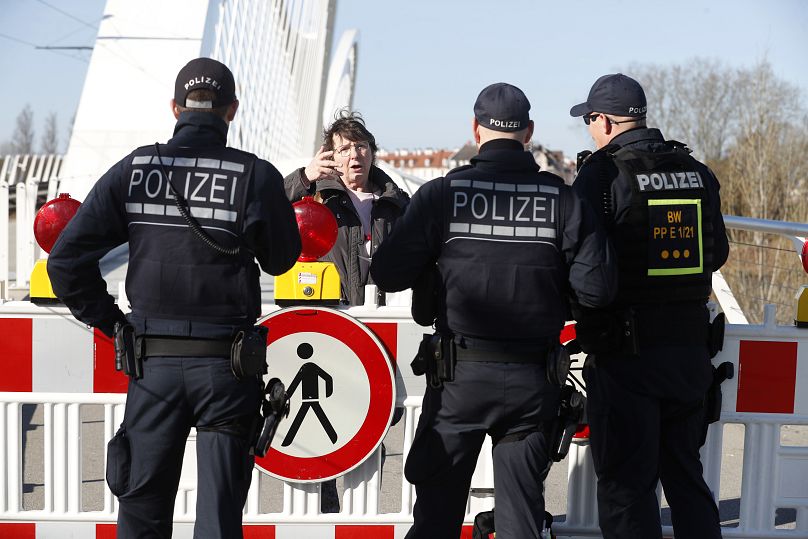
German police officers prevent a woman from entering Germany at the German-France border in Kehl, Monday March 16, 2020.Jean-Francois Badias/AP Photo
Greece
Borders are set to reopen on June 15, but only to citizens coming from Germany, Israel, Cyprus, the Balkan and the Baltic countries.
Tourists will be allowed to enter Greece without taking a COVID-19 test or remaining in quarantine when international flights restart on July 1, but health officials will conduct spot tests when required.
Hungary
Borders are open with Romania and, from Wednesday, with Slovakia and the Czech Republic, albeit with restrictions.
Iceland
Iceland is set to reopen on June 15.
Tourists will be tested upon arrival. A few hours later, they will get the result on their phone, after downloading a tracking app.
Authorities are yet to clear procedures for those who test positive.
Ireland
The Irish health authorities currently require anyone coming into Ireland, except from Northern Ireland, to self-isolate for 14 days, upon arrival, including Irish residents.
Arrivals have to complete a passenger locator form, although exemptions are in place for providers of essential supply chain services such as hauliers, pilots and maritime staff.
Italy
Italy plans to reopen its borders on June 3 to EU, UK, Schengen area, Andorra and Monaco citizens, following the nationwide lockdown which came into force on March 9.
Some regions are taking precautions to ensure that the sudden reopening doesn’t create new infection clusters. Sardinia’s governor has suggested he might require visitors to the island to certify they had tested negative for the virus within the past week, or submit to a test on arrival.
The Tuscany regional government says on its website that any visitor from abroad or another Italian region must undergo quarantine for 14 days. It’s unknown if Tuscany will revise that rule by June 3.
Lithuania, Estonia and Latvia
The Baltic trio opened their borders for each other on May 15. Only citizens and permanent residents of Estonia, Latvia and Lithuania can travel between the three countries.
But their external borders remain closed.
Estonia says it won’t be opening up until at least June 15.
Latvia’s state of emergency is currently set to end on June 9.
Lithuania is also allowing entry to citizens of Poland for business and studies. Its quarantine currently runs until May 31.
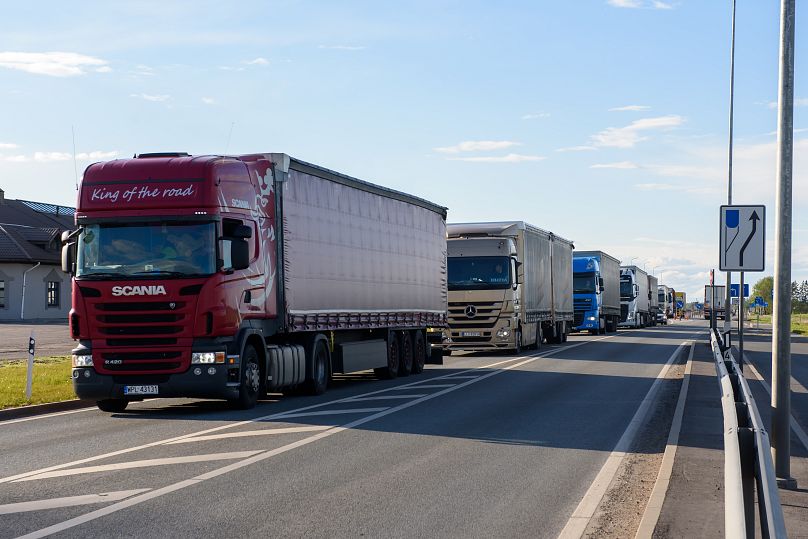 Trucks wait in a queue at the Latvia-Lithuania border crossing in Grenctale, Latvia on May 14, 2020, ahead of border reopening.GINTS IVUSKANS/AFP
Trucks wait in a queue at the Latvia-Lithuania border crossing in Grenctale, Latvia on May 14, 2020, ahead of border reopening.GINTS IVUSKANS/AFP
LuxembourgLuxembourg's border with Germany reopened on May 15.NetherlandsBorders are open for those travelling within the Schengen Area. However, the government has strongly advised against non-essential trips."The Dutch government is discouraging travel of any kind and calling on everyone to stay at home as much as possible," it declares multiple times on its website.NorwayNorway has closed its borders. Foreign travellers will be turned away at the border. Those who live or work in Norway are able to enter and airports are open.The country's ministry of foreign affairs advises against all international travel that is not strictly necessary until August 20th.By June 15, the government is considering exemptions for the Nordic countries. By July 20, exemptions for some nearby European countries will be considered.Norway has a 10-day quarantine for those returning from international travel.More information here.
Poland
Poland has closed its borders with several countries, including the Czech Republic, Slovakia and Germany.
Portugal
Workers and supplies are being allowed across Portugal's land border with Spain, but it is closed to tourists until at least June 15.
Border controls have been in place since March 16. There is currently no requirement for arrivals to go into quarantine, except in The Azores.
Eduardo Cabrita, Portugal's minister for internal administration, said no decision had been made on when to lift the restrictions.
Romania
Romania has reopened its border with Hungary.
Slovenia
Slovenia reopened borders to EU citizens on May 15. Prime Minister Janez Jansa boasted the country had "the best clinical situation in Europe".
Slovakia
Slovakia's border will be open to Hungary and the Czech Republic from Wednesday (May 27), but with some restrictions.
No quarantine will be required if the stay is less than 48 hours.
A Slovakian man returning to Slovakia rolls his luggage through the Bratislava-Berg border crossing between Austria and Slovakia in May.JOE KLAMAR / AFP
Spain
Borders will reopen to tourists on July 1. Currently, only Spanish citizens, residents of Spain (who must prove their habitual residence), cross-border workers, health or elderly care professionals who are going to work and people who can prove force majeure or a situation of need, are allowed to enter via Spanish ports and airports. The exceptions also include diplomatic personnel and everything related to the transport of goods in order to avoid shortages.
Since March 17, the borders with France and Portugal have been closed, allowing access to Spanish citizens, people resident in Spain, cross-border workers and those who can provide documentary proof of force majeure or a situation of need.
None of the regulations are applicable to Andorra or Gibraltar.
Currently, people who enter the national territory from abroad must stay in quarantine for 14 days after their arrival, but this will end on July 1 according to officials.
SwedenSweden has introduced border restrictions but it only applies to non-essential travel from countries outside the EU/EEA, except the UK and Switzerland.That restriction came into effect on March 19 and has been extended until June 15.More information here.
SwitzerlandSwitzerland, who brought in border controls on March 13, will reopen its frontiers with Germany, Austria and France on June 15 if the situation allows.All travel restrictions at the border with Italy will remain in place until further notice.Any foreign nationals who wish to enter Switzerland and do not hold a valid residence or work permit will be refused entry.Air passengers from abroad are currently only able to enter the country through the airports at Zurich, Geneva and Basel.The Swiss authorities have not imposed any quarantine measures on persons entering the country. However, you must comply with the government’s hygiene and social distancing rules.More information here.
United KingdomBorders are currently open. From June 8, visitors from abroad will be required to quarantine for 14 days. Those exempt from these measures include people travelling from Ireland, the Channel Islands or the Isle of Man.As in other countries, certain professions are exempt from these rules, such as healthcare workers travelling to deliver healthcare in the country. Upon arrival, those who are required to self-isolate need to provide their journey and contact details.The government says these measures will be reviewed every three weeks.More information here.




